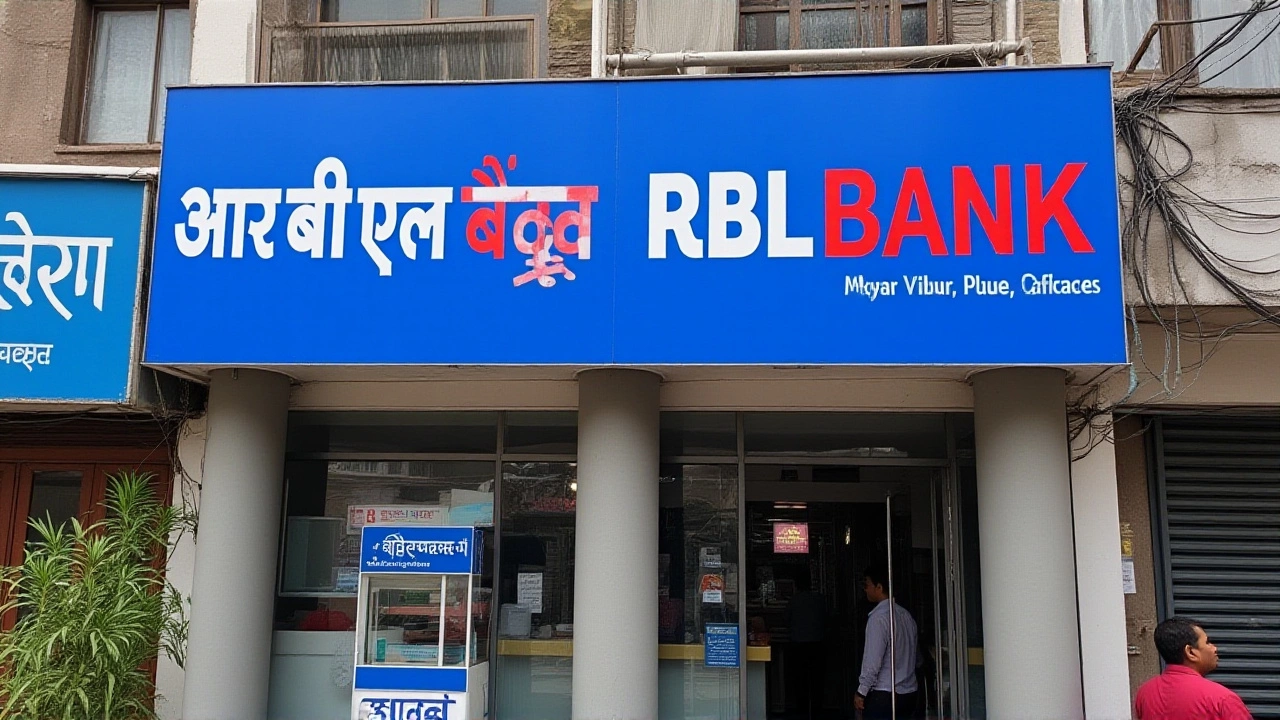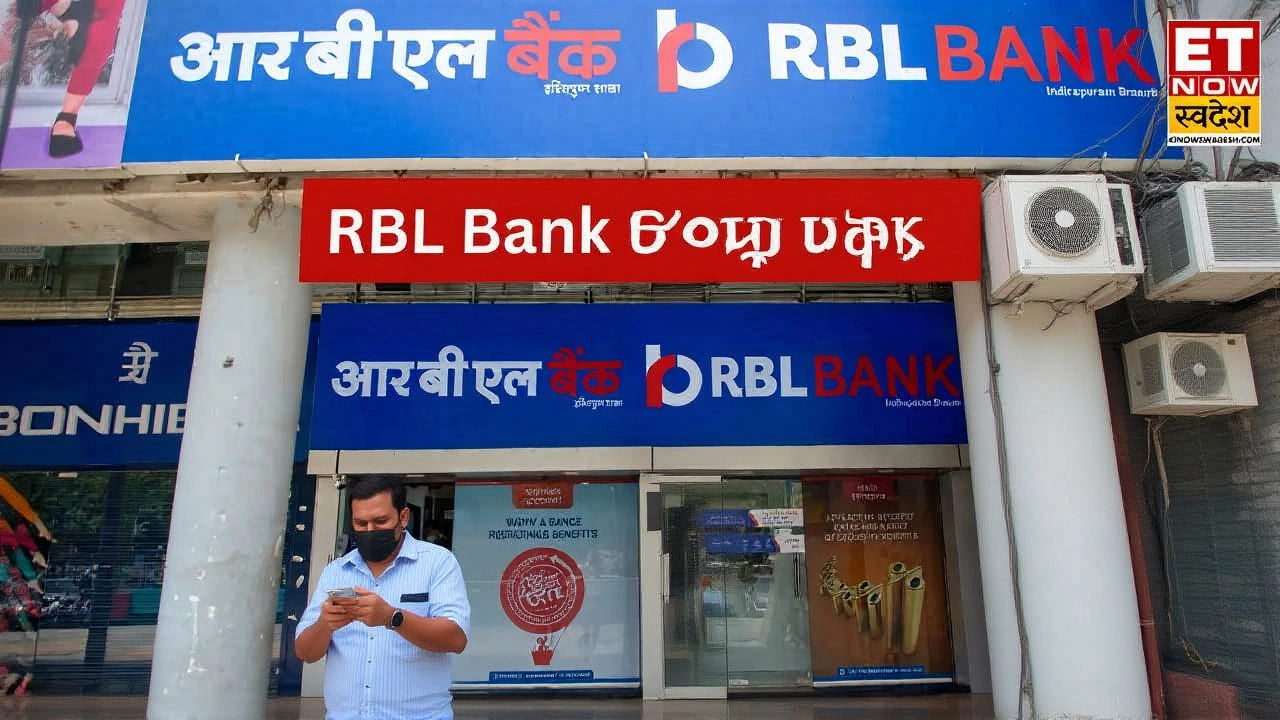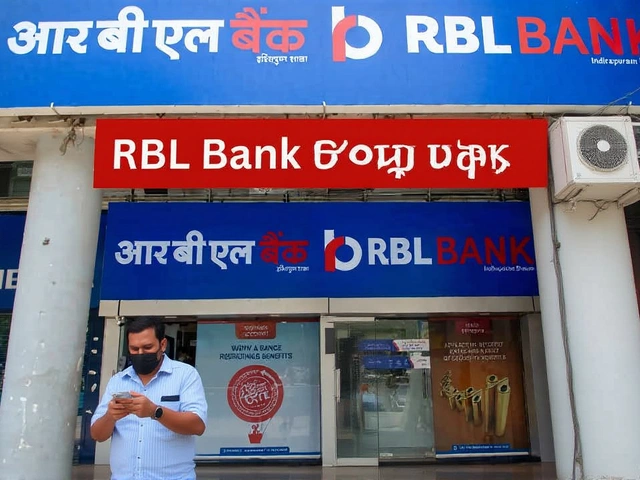GAIL (India) Ltd Shares Rise as Brokers Stay Bullish Ahead of Q2 Earnings
Here's the thing: while many Indian stocks were wrestling with sell‑offs on October 17, 2025, GAIL (India) Limited managed a modest climb, closing at ₹177.60 on both the NSE and BSE. The move caught attention because ICICI Direct, a Mumbai‑based brokerage, stuck to its long‑term Buy rating, and the chatter on TradingView flipped from a weekly sell signal to a monthly buy. The upcoming November 6 earnings report could be the spark that decides whether the bullish vibe sticks.
Background and Recent Performance
GAIL, headquartered in New Delhi, is India’s flagship natural‑gas processor and distributor. As of the 4:01 PM IST snapshot, its market cap hovered around ₹116,774 crore, with a PE of 10.01 and a PB of 1.37. The 52‑week range—₹150.52 to ₹223.55—shows the stock’s recent roller‑coaster, but the current price sits comfortably above the lower support zone highlighted by local analysts.
Financials paint a steady picture: FY net income of ₹124.5 billion on revenue of ₹1.42 trillion, and a dividend yield of 4.22 %. Employee count jumped 42 % year‑on‑year to 27,090, pushing revenue per employee past ₹52 million. Those numbers suggest a company that’s not just surviving but scaling its operations.
Technical Signals and Analyst Views
On the technical front, the story reads like a tug‑of‑war. TradingView flagged a sell on the 1‑week chart, yet a 1‑month view turned green, hinting at a potential breakout. The TradingView user selvimohan1 posted on September 6, 2025, that the 15‑minute chart was “getting set for a breakout,” urging traders to trust what they see rather than what they wish.
Meanwhile, Nivesh Manthan, a Hindi‑language finance channel, released a concise video on the same day. Their expert range pegged downside support at ₹150‑₹160 and an upside cap near ₹200, questioning whether GAIL could deliver “significant upside” or remain a “limited‑return dividend play.”
Adding a price‑target layer, India Property Dekho projected a 2025 corridor of ₹204‑₹425, with a bullish 2026 target starting at ₹544. The spread underscores the optimism among some forecasters, even as others warn of short‑term pressure.
Divergent Outlooks: Short‑Term Sell vs Medium‑Term Buy
The crux of the debate lies in timing. Short‑term traders eye the weekly sell signal as a cue to offload, fearing a pullback after recent volatility. Yet medium‑term investors, bolstered by the ICICI Direct recommendation, argue that GAIL’s fundamentals—steady cash flow, healthy dividend yield, and expanding gas network—justify a buy‑and‑hold stance.
One key metric driving the bullish camp is the beta of 1.60, indicating higher volatility but also higher upside potential compared to the broader market. Coupled with an estimated Q2 EPS of ₹3.29 and revenue forecast of ₹347.12 billion for the November 6 earnings, the numbers give investors a concrete reason to stay the course.
Upcoming Catalysts and Investor Sentiment
What will truly tip the scales is the November 6 earnings call. If GAIL can beat the ₹3.29 EPS consensus and show top‑line growth, the weekly sell signal could evaporate, leaving the monthly buy signal to dominate. Analysts will be watching the gas‑price spread, pipeline utilisation, and any policy shifts from the Ministry of Petroleum and Natural Gas.
Social‑media sentiment adds another layer. The Telegram group “पैसे की पाठशाला” run by Nivesh Manthan boasts an active community of retail investors who often amplify price moves. Their collective reaction to the earnings could create a self‑fulfilling rally—or a rapid retreat if expectations aren't met.

Implications for the Energy Sector
GAIL’s performance isn’t happening in a vacuum. The broader Indian energy sector has been navigating tighter margins due to global LNG price swings and domestic policy pushes for greener fuel mixes. A strong Q2 result could signal resilience, encouraging capital inflows into other gas‑related stocks.
Conversely, if the earnings miss, it may reinforce doubts about the sector’s growth trajectory, prompting investors to rotate into more defensive holdings like FMCG or banking. That scenario would echo the recent aggressive sell‑off in RBL Bank shares, referenced in the original Hindi headline, highlighting how sector‑wide risk sentiment can spill over.
Key Facts
- Closing price on 17 Oct 2025: ₹177.60 (NSE & BSE)
- Market cap: ≈₹116,774 crore; PE: 10.01; PB: 1.37
- Dividend yield: 4.22 %; Beta: 1.60
- Upcoming earnings: 6 Nov 2025, EPS estimate ₹3.29
- Analyst outlook: ICICI Direct – Buy; TradingView – Weekly sell, Monthly buy
Frequently Asked Questions
What could cause GAIL's stock to jump after the November 6 earnings?
If GAIL tops the consensus EPS of ₹3.29 and shows revenue growth despite modest gas‑price volatility, investors may interpret the results as a sign of operational strength. That, combined with the 4.22 % dividend yield, could spark buying from both income‑focused and growth‑oriented funds, pushing the price toward the ₹200‑₹225 upside band cited by Nivesh Manthan.
Why do short‑term traders see a sell signal while long‑term analysts stay bullish?
The weekly chart on TradingView reflects recent price weakness and a possible correction after the stock edged above its 52‑week low. Long‑term analysts, however, focus on GAIL’s stable cash flow, dividend record, and the upcoming earnings catalyst, which they believe outweigh short‑term volatility.
How does GAIL's performance affect other Indian gas companies?
GAIL is a bellwether for the domestic gas segment. A strong earnings beat can lift sentiment across peers like Indian Oil Corp and Hindustan Petroleum, prompting investors to re‑evaluate the sector’s growth prospects amid government pushes for increased gas usage in households and industry.
What role do social platforms like Telegram play in GAIL’s price moves?
Channels such as Nivesh Manthan’s Telegram group aggregate retail sentiment and often amplify reactions to news. When a positive earnings surprise is anticipated, the collective buying pressure from thousands of members can add momentum, whereas a miss can trigger rapid sell‑offs, magnifying the initial market response.
Is GAIL a good dividend play for long‑term investors?
With a consistent 4.22 % yield and a history of annual payouts, GAIL does fit the dividend‑seeker profile. However, investors should weigh the yield against growth prospects; if the stock escalates toward the ₹200‑₹425 target range, total returns could be significantly higher than dividend income alone.







